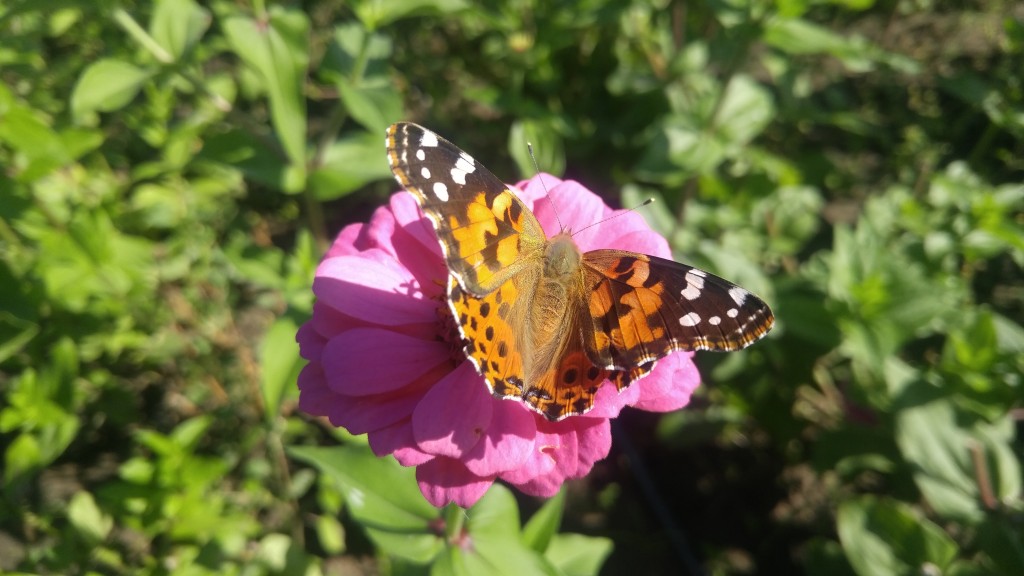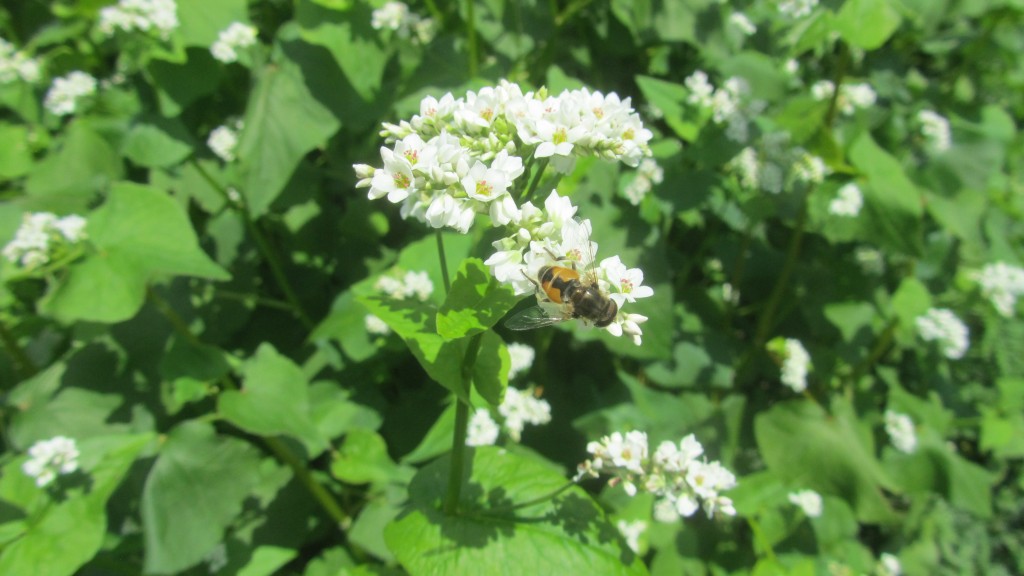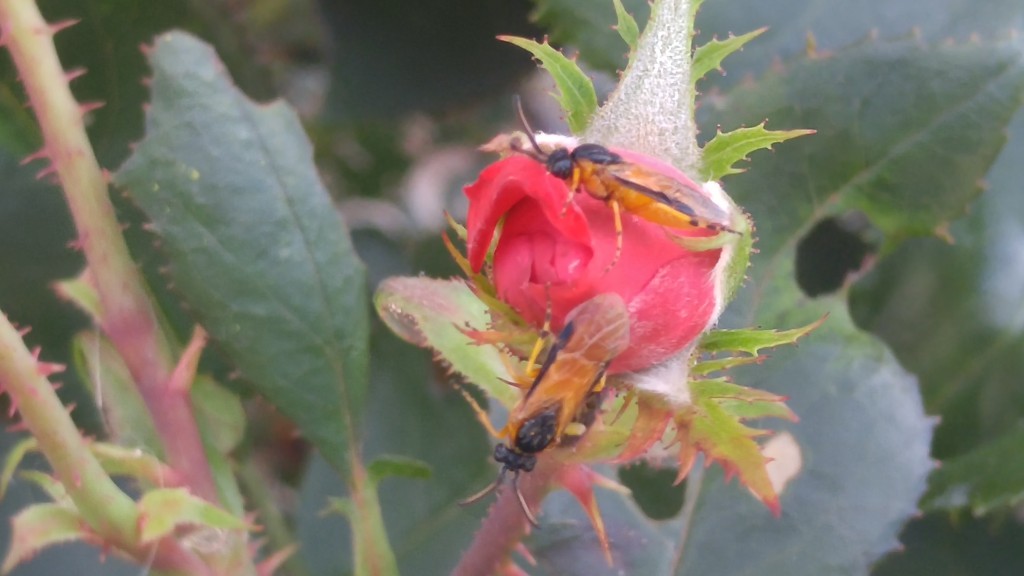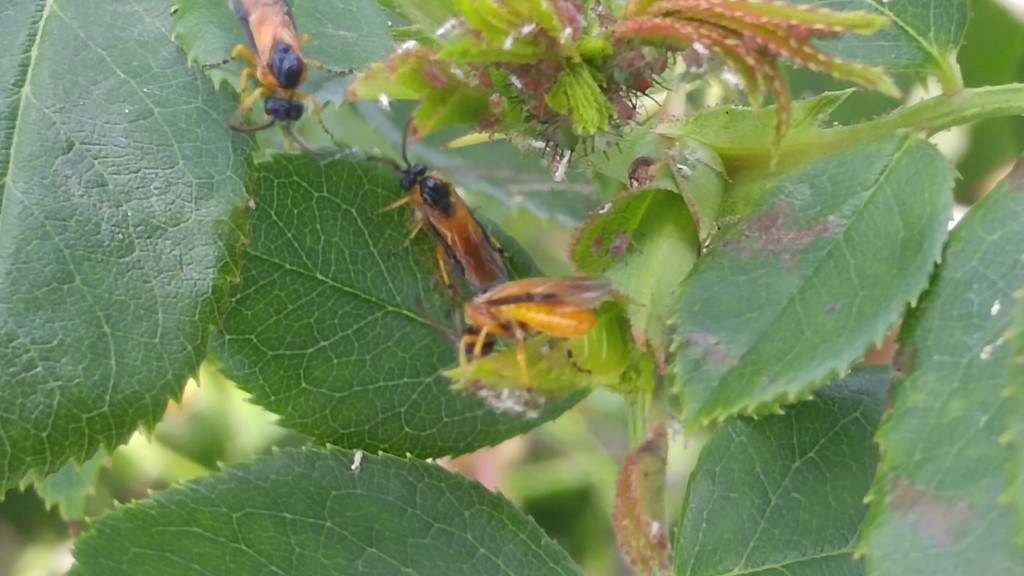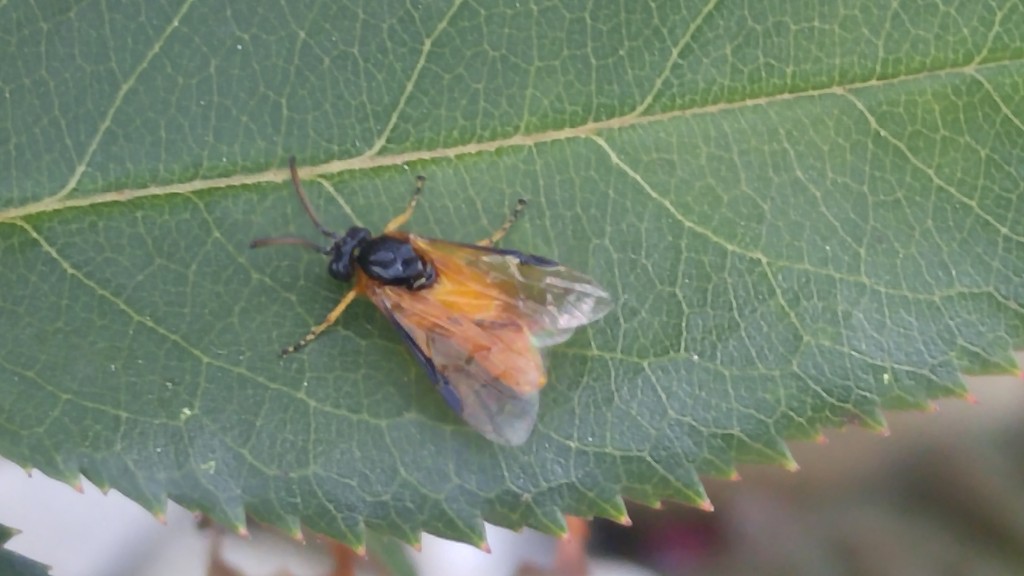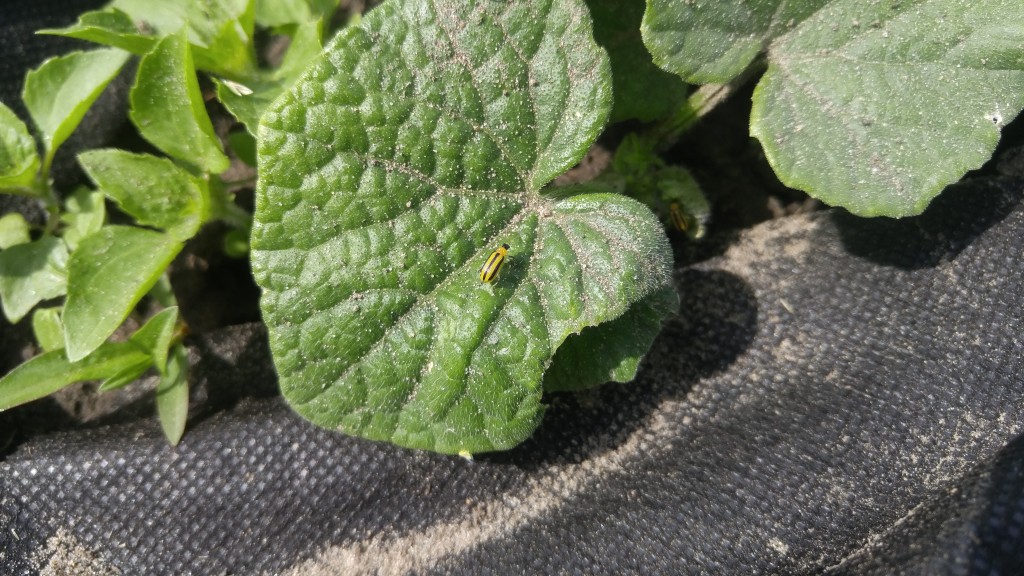While it’s popular to bash seemingly frivolous tax payer funded scientific research, I think most people would agree that a vast majority of research is worth while.
There is some really interesting research happening over at the US Department of Agriculture that may have the potential to spill over into the organic gardening area. A naturally occurring chemical called methyl bromide may turn out to be a safe, effective, natural insecticide suitable for organic growing.
If methyl bromide sounds vaguely familiar, it’s because you’ve probably seen it on a list of food ingredients on the package of one of your favorite foods or beverages. It’s often listed under one of many different names such as methylbenzoate, benzoic acid, methyl ester and others.
Methyl benzoate is found naturally in the flower aromas of daffodils, tuberoses, kalachoe, snapdragons, petunias, and many others. These flowers produce methyl benzoate as part of their fragrance to attract bees and other insects. This substance contributes to the flavor of bananas, cherries, cloves, allspice, mustard, coffee, black tea, dill, kiwi and other plant foods. It’s used in the food industry for its nutty, cherry-like flavor and fruity, flowery scent.
As it turns out, this chemical, when isolated or as part of a formulation, can repel or even kill many insect pests. Plus it leaves no long term residue that can build up on food or in the environment. All of this is still in the early stage of research, but if it turns out that a methyl benzoate formulation is effective, it probably won’t take long for it to gain governmental approval.
Many insect pests are developing resistance to current pesticides this may help to fill the void left by insecticides that are no longer effective. Also, organic insecticides are not always good at killing certain types of pests. If it works, methyl benzoate will be a valuable addition to the organic insecticide arsenal.
As a side note, methyl bromide is scent drug sniffing dogs are looking for. Methyl benzoate is produced when cocaine is exposed to the moisture in the air.
Bob
